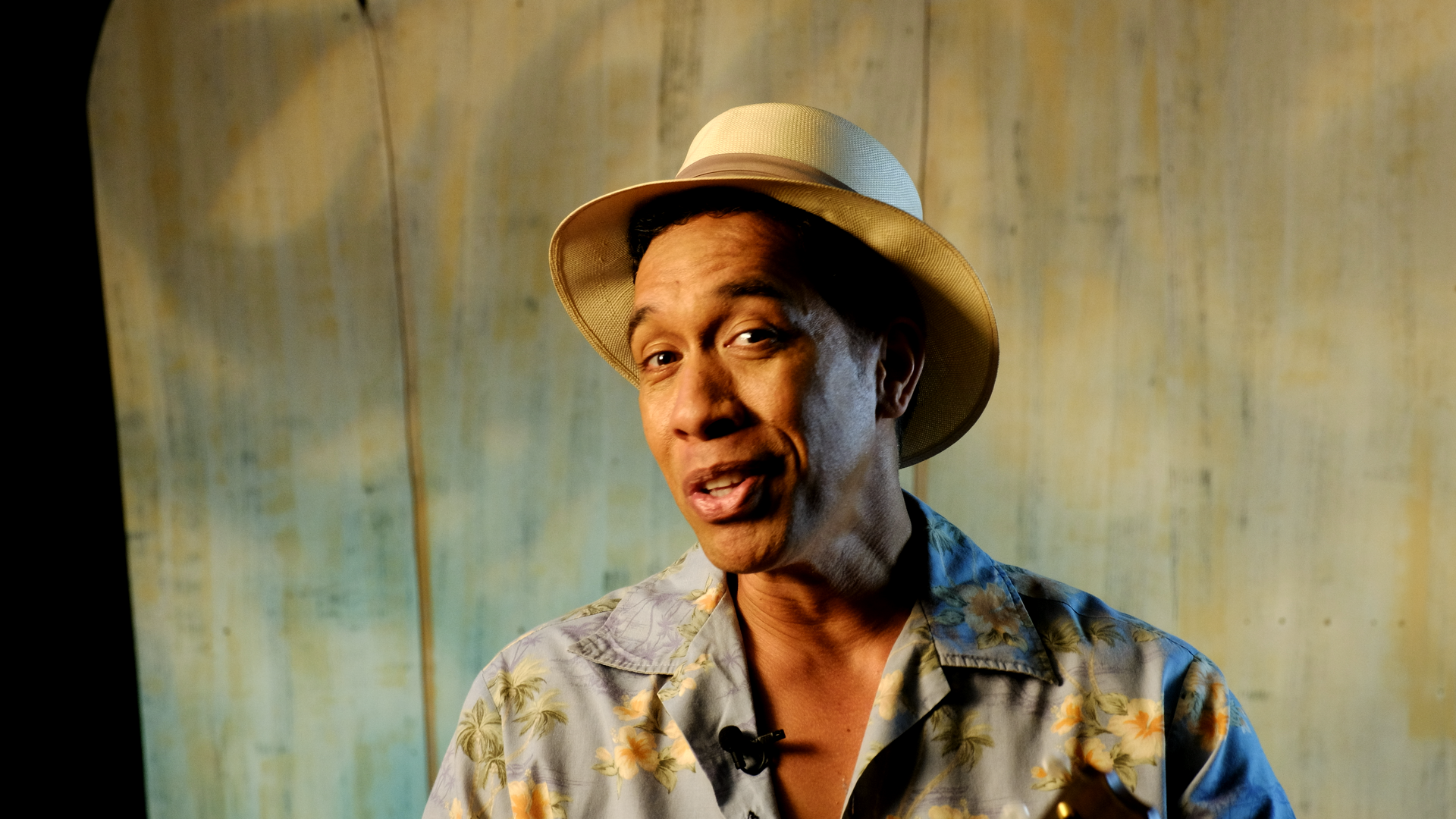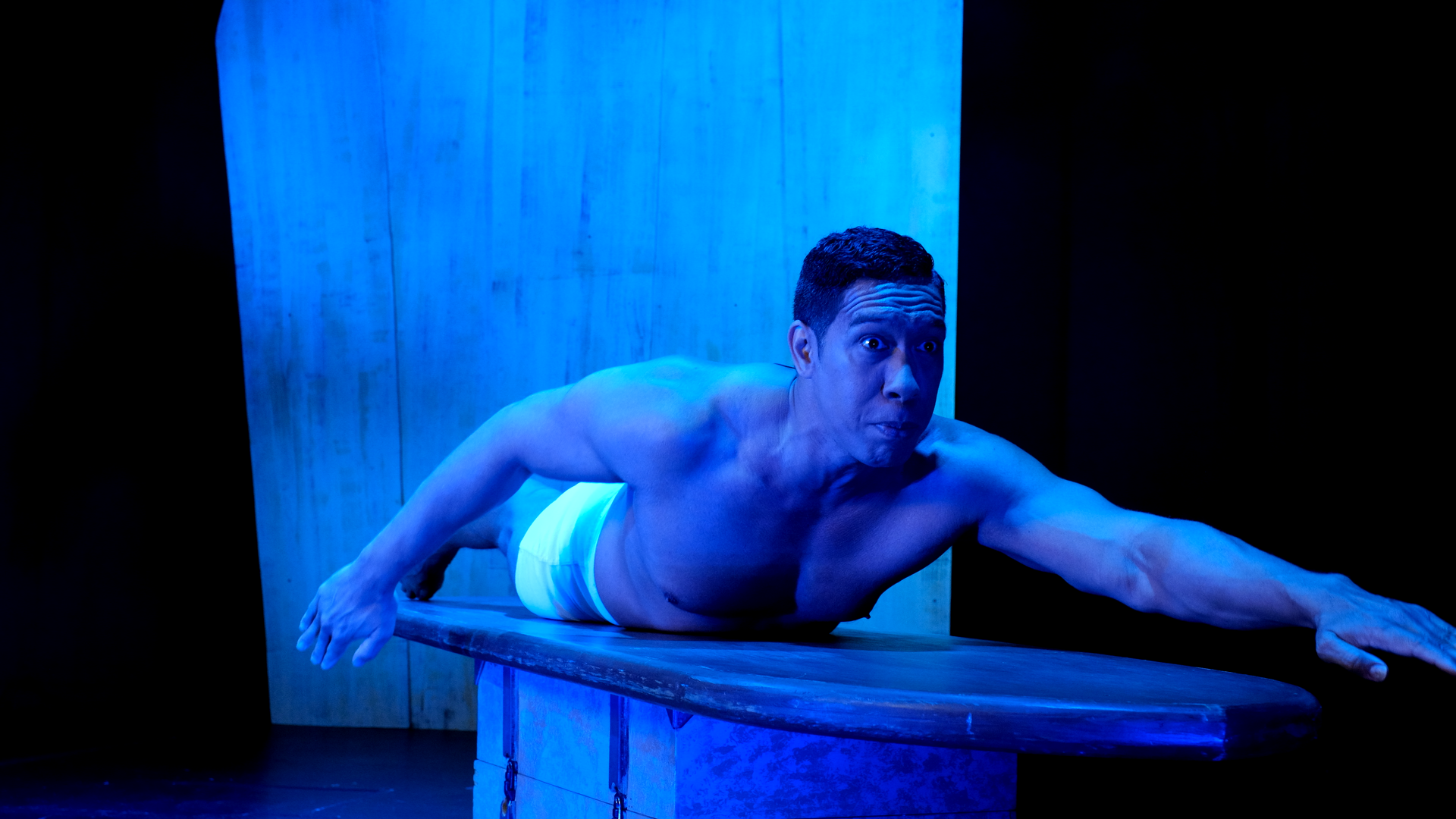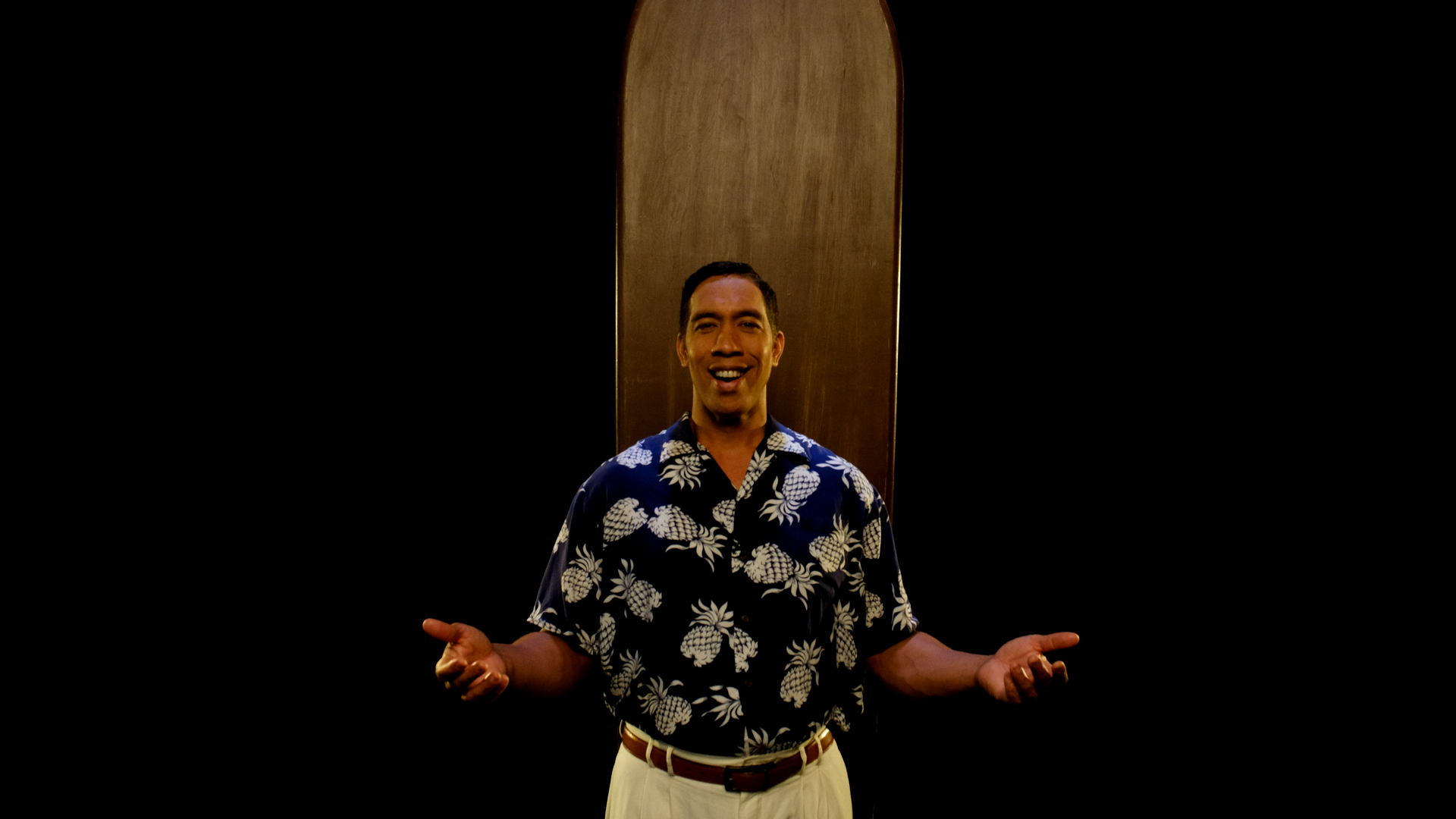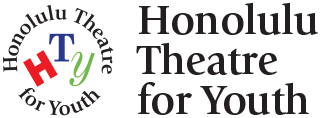Education guide DUKE

WELCOME TO OUR EDUCATOR GUIDE
Please have patience as we figure out the new format for these Virtual Field Trips. We intend to keep adding material to this guide as we go in response to what you tell us is helpful. We also know that you will adapt these simple ideas and wrap them into your classroom with creativity and charm. You know your particular group of students so please use and adapt any of these ideas as you see fit.

DUKE FACTS
When talking about surfing, it’s hard not to talk about Duke Kahanamoku. However, for some people, all they know about Duke is the statue in Waikīkī.
What do you know about Duke? Read on and you will discover some fascinating facts.
DUKE FACTS (Check the boxes that you already know)
Born in Honolulu in 1890. Grew up near Waikīkī Beach, the son of a police captain.
In 1911, broke 3 freestyle world records in Hawai‘i’s first ever AAU swim meet at Honolulu Harbor.
Won a place on the American swimming team at the 1912 Olympics in Stockholm, the only Hawaiian present. Won Hawai‘i’s first Olympic gold medal for 100-meter freestyle, and a silver medal for the 4×200-meter freestyle relay.
The Philadelphia Inquirer called Kahanamoku “a human fish.”
In 1917, rode a monster wave 1-1/8 miles at Waikīkī on a wooden surfboard without a skeg or leash–one of the longest rides in memory.
Appeared in more than two dozen movies; as a pirate, bodyguard, soldier, Sioux Indian, Turk, Hindu, Persian, and South Sea Islander.
In the 1920 Olympics, won two gold medals in 100-meter freestyle and 4×200-meter freestyle relay. He was 8 years older but his new world record was faster than his 1912 victory.
In 1925, when a 40-foot yacht called Thelma capsized near Newport Beach in a turbulent sea, and he used his surfboard to swim out to the craft three times to save eight passengers from drowning.
Called the “King of all Swimmers,” Duke used his fame to bring surfing into popular culture.
From 1934-1960, he was elected Sheriff of City and County of Honolulu 12 times.
In 1959, Duke became Honolulu’s paid “Ambassador of Aloha.”
He taught the hula to England’s Queen Mother Elizabeth.
First person inducted into both the International Swimming Hall of Fame and the International Surfing Hall of Fame.
Inducted into the US Olympic Hall of Fame.
In 1990, a statue was dedicated at Waikīkī on the centennial of his birth.
In 1999, Surfer Magazine called Kahanamoku “Surfer of the Century.”
King Kamehameha once predicted “that before the native Hawaiian race died out, one man would bring it fame.” Was that Duke?

Before Seeing the Show
MEET DUKE
Hawai‘i’s greatest athlete and the grandfather of modern surfing, Duke Kahanamoku is unquestionably one of the most important and beloved figures in Hawaiian history. In many ways, Duke is Hawai‘i. His gentle, welcoming spirit helped Hawai‘i gain the Aloha reputation that continues to attract people from around the world even today.
HTY favorite Moses Goods creates an unforgettable portrayal of an extraordinary life. As author and actor, Moses will transform himself into dozens of characters to bring to life a true Hawaiian hero.
DO YOU KNOW DUKE?
Duke Kahanamoku lived an amazingly accomplished life. Many think of Duke as a famous surfer and as a statue in Waikīkī. However, there is much more to this larger than life man. What do your students know of Duke? Before seeing the HTY show, whet your students’ appetites by introducing a few of Duke’s accomplishments with the DUKE FACTS.
THINKING POINT: Before visiting the show
Do Kids Have Heroes?
Discuss with students the controversy about young people and heroes.
Is it true that kids these days have no heroes or that their “heroes” are not good role models?
Do young people today have heroes? Who are they? Are they all contemporary figures?
Are there any historical figures whom students recognize as heroes? What makes them heroes?
What traits must someone have to be considered a hero?
Can a kid be a hero? Who might be an example of a kid hero?
Guide students to write down the name of up to five personal heroes; they can also choose to record no names if they have no heroes. Students should not be required to include their name on their paper. After the writing, collect examples from each. Revisit the first question, ‘Do kids have heroes?’
Content Standards
See all of the Common Core and Hawaii Content and Performance Standards that relate to this production with a quick download.
RELATED READING/BOOKS
Duke: A Great Hawaiian by Sandra Hall
Memories of Duke by Sandra Hall/Greg Ambrose
Duke’s Olympic Feet by Ellie Crowe
WEBSITES
https://dukekahanamoku.com/the-duke-kahanamoku-story/ All about Duke!
http://encyclopediaofsurfing.com/entries/kahanamoku-duke Biography of Duke on the Surfing Encyclopedia website
http://www.latimes.com/local/lanow/la-me-ln-duke-kahanamoku-surfer-20150824-story.html Story of a heroic deed by Duke
More about Duke
Did you know that Duke suffered from the Spanish Flu? This is a short scene from our episode about surfing. If you would like to see the entire surfing episode or use a different scene go here.
For Teachers
FINDING THE STORY OF A ‘HOMETOWN HERO’
PREPARE: Have students individually brainstorm to figure out who their “hometown heroes” are and why; someone they can interview. A relative, friend, neighbor, a veteran, retired teacher or principal, member of a senior citizens group, a person in your community. Pick someone who you believe is worthy of being called a ‘hero.’ Maybe it’s your own Mother!
PLAN: Following the guide on the FOR STUDENTS: Oral History Interview page, talk about conducting interviews. Explain how an interview with someone is really just a conversation with a lot of listening and note-taking. Have students then write a series of questions to ask, using the template on the FOR STUDENTS: Oral History interview page. For starters, use questions about your hero’s own personal memories. These will relax your subject and help you gather information about your subject’s personal experiences.
INTERVIEW: Send them out with an assignment to bring their completed interviews back to class.
Decide on a time to meet with your subject. Be on time. Use a tape recorder to record the interview, but be sure your subject agrees to it.
Bring along your questions to help guide you. If your subject tells a different story than your question, let him/her finish and then ask your next question.
Be sure to send a thank-you letter.
SHARE: What you do then is up to you. Share the stories, create a heroes display, put together a book of heroes or write your own play!
WRITING ACTIVITY: The Hero in Me
Give students an opportunity to think about being an ‘every day’ hero. Use Duke as an example. When Duke was older, he was a local hero by simply being kind to other people!
Procedure
As a class, discuss how people might be an ‘every day’ hero. What was a way any of them might have gone out of the way to come to someone’s aid? (For example, “I was helpful when I made friends with the new kid,” or “I was helpful when John fell off his bike and I brought him to the nurse.”)
Guide students to draw a large frame or tablet outline on a piece of paper.
Guide students to draw a picture in the frame, showing a time
that they faced a challenge or to imagine how they might face a future challenge.
After finishing the picture, guide students to write about the real or imagined experience.
HERO COLLAGE
All over the world exist stories of great and brave men and women. DUKE is one of those stories.
Discussion
What makes a hero a hero? Who are your heroes? Why do you choose that person? What makes him/her a hero to you?
What You Need:
Pictures from magazines, newspapers, books, posters
Poster board
Glue
Markers, pens, pencils
What You Do:
Hero List
Make a list of your own heroes.
Next to the names on the first list, make a second list showing the qualities of your heroes.
What is each of these heroes known for?
What are their special powers or skills or what has each done to become a hero?
Look back over the second list.
Which qualities are the most common?
Which are unique to a specific hero?
Make a final list of those qualities which you feel best describe a hero.
Collage
Collect pictures of heroes from magazines or books.
Pick pictures that show what you think a hero
looks like or of someone that has at least one
quality from your hero list.
When you have collected a number of pictures, create
a collage of these pictures attaching or gluing them to
poster board of other large piece of paper.
Label the pictures with the qualities selected from
your hero list.
Now you have a Hero Collage; a visual image of what
you believe a hero to be.
FOR STUDENTS: Oral History Interview
Write three warm-up questions about the person’s place of birth, hometown, occupation, childhood, or favorite activities.
1. ______________________________________________________________________________
2. ______________________________________________________________________________
3. ______________________________________________________________________________
Write at least six questions to help you get stories
1. ______________________________________________________________________________
2. ______________________________________________________________________________
3. ______________________________________________________________________________
4. ______________________________________________________________________________
5. ______________________________________________________________________________
6. ______________________________________________________________________________
Prepare some follow-up questions. These questions should help you to get more detailed information from your interviews.
1. ______________________________________________________________________________
2. ______________________________________________________________________________
3. ______________________________________________________________________________
4. ______________________________________________________________________________
Sample questions to get you started…
What are some of your childhood memories? What games did you play when you were a child?
How are holidays traditionally celebrated in your family? What holidays are the most important?
What was the happiest (funniest or saddest) memory?
What was your biggest accomplishment?
What actions would you change if you had a chance to re-live those years again?
Ask for details or explanations…
How did the story begin or end? Why did this happen…? Why was this important?
What happened next…? Can you describe the scene…? Who was there with you
